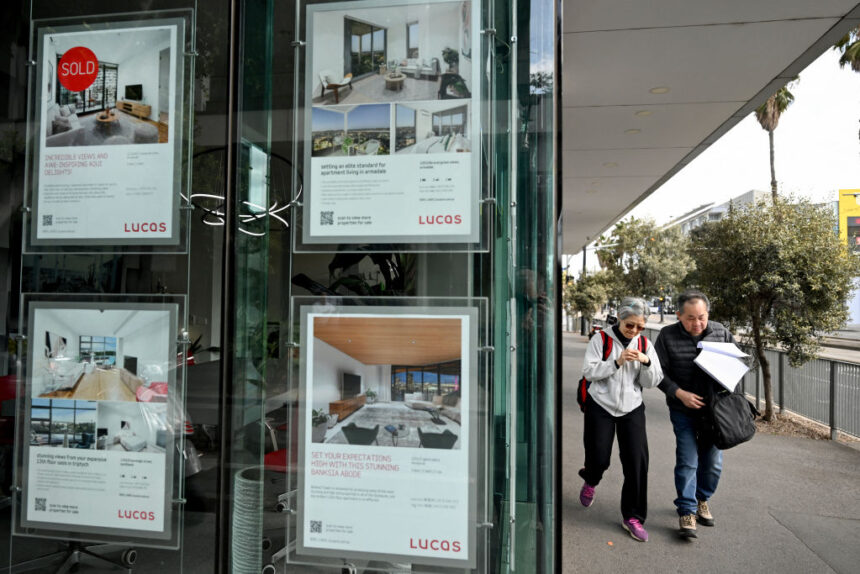Sydney and Brisbane saw the largest increase in million-dollar suburbs, while Melbourne remained stagnant.
A recent CoreLogic report indicates that a record number of Australian homes now exceed $1 million (US$684,060) in value.
The latest Million-Dollar Markets report shows that 29.3 percent of the 4,772 surveyed suburbs have median values of $1 million or more as of August.
This marks an 8 percent rise from the previous figure of 21.7 percent in January 2023, following a series of interest rate hikes that leveled out property values.
Comparatively, only 14.3 percent of housing markets had surpassed the million-dollar mark at the start of the COVID-19 pandemic.
Sydney and Brisbane each had 46 suburbs that crossed the million-dollar threshold.
This was followed by the greater Perth area (36 suburbs), regional Queensland (30 suburbs mainly in Gold Coast and Sunshine Coast), greater Adelaide (29 suburbs), and regional New South Wales (22 suburbs, with Casuarina in northern NSW reaching a median of $2,320,189).
Among the capital cities, Sydney leads with a median house price of $1,180,463.
Following Sydney, Brisbane has seen a 15 percent increase in dwelling values over the past year, reaching $875,040.
CoreLogic economist Kaytlin Ezzy attributes Brisbane’s soaring property values, which have risen by 65.1 percent since the pandemic began, to the positive flow of interstate migration and a shortage of housing stock.
In contrast, Melbourne and regional Victoria have experienced a decline in dwelling values of -1.0 percent over the year, due to an unfavorable tax environment impacting landlords and an increase in new housing construction.
Housing Inflation Remains Strong
Meanwhile, recent inflation data from the Australian Bureau of Statistics released on Sept. 25 does not show much relief for the housing sector.
The report notes a 5.1 percent increase in prices for new homes and major renovations over the past year, as builders adjust prices to cover rising labor and material costs.
Rental prices also rose by 6.8 percent, slightly lower than the 6.9 percent increase in July. This growth in rental prices is primarily due to a tight rental market with limited available properties in most capital cities.
According to CoreLogic, national affordability remains a significant concern, with homebuyers now allocating a larger portion of their income towards mortgage repayments.
For example, a household with an $800,000 loan would require an annual income of nearly $200,000 to keep repayments below 30 percent of their income, a substantial increase from the $125,000 required before the initial interest rate hike.







